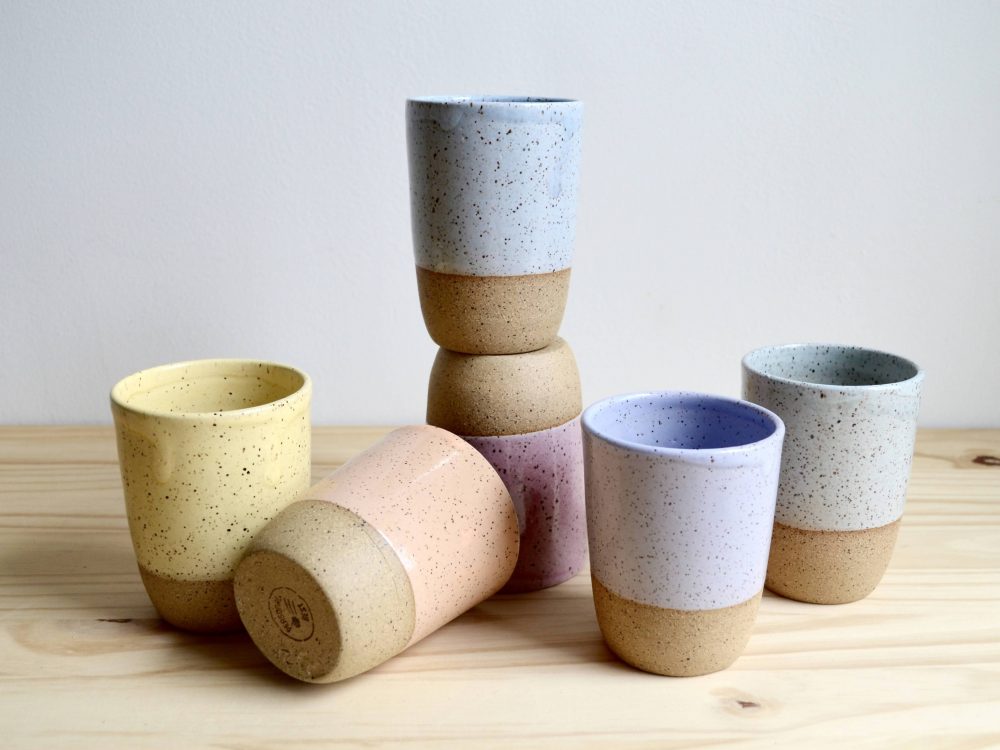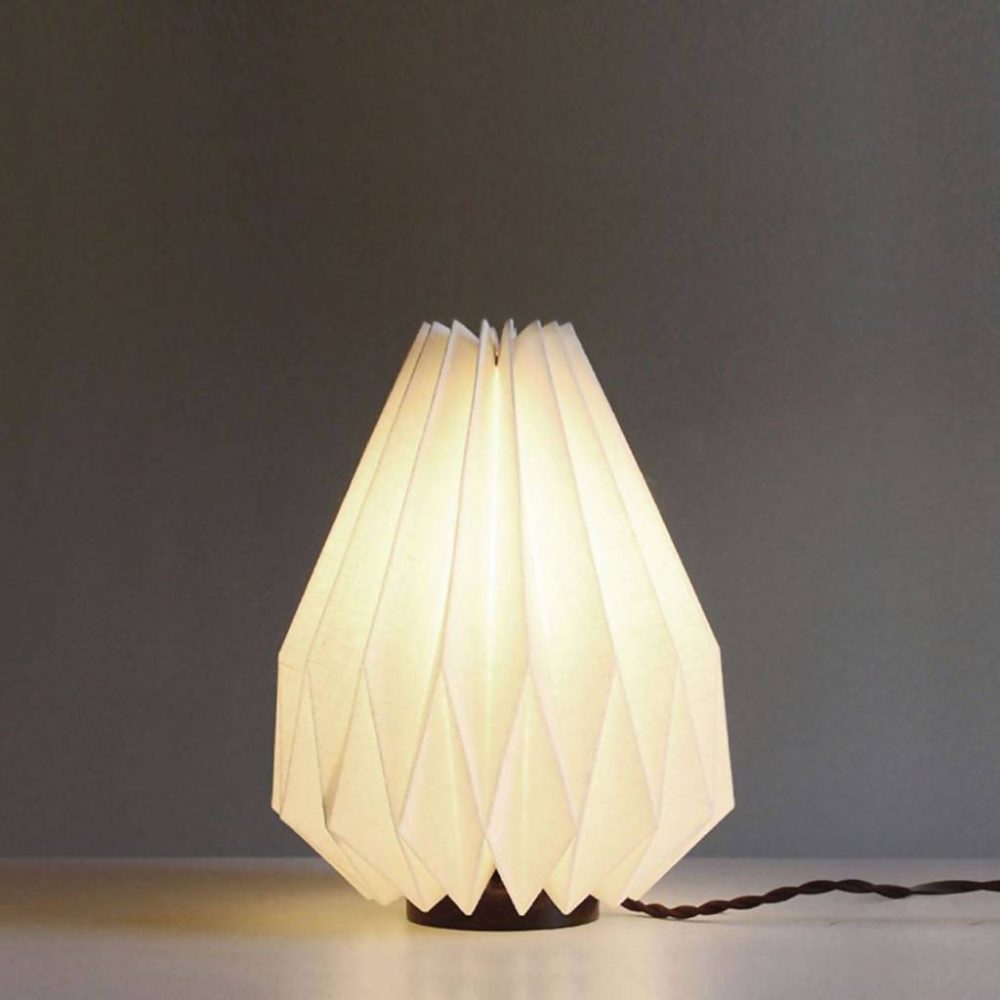One cannot work in the cultural sector without witnessing a deep divide between art and craft. Although museums display functional objects like furniture, silverware, ceramics, fibers, and jewelry, they tend to be separated out from the fine arts. Perhaps this is due to the everyday functionality of these objects, compared to painting, sculpture, or installation, intended to be experienced as a thought-provoking gesture and relegated to conceptual and aesthetic means.
BmoreArt devoted our ninth issue, released in July 2020, to an exploration of craft in the Baltimore region, in order to recognize that the dichotomy between art and craft is out of date and to focus on the cultural contributions of those more often called artisans, craftspersons, fashion designers, quilters, jewelers, potters, fabricators, and woodworkers. No matter how you describe these individuals, we all know that they are artists and that those of us with a fine arts background have a lot to learn from makers working in an array of traditional craft materials like glass, wood, clay, fibers, and metal. There is an incredibly deep and powerful history attached to these materials and the way their creative production elevates our collective quality of life on a daily basis.
As a collector and appreciator of beautiful handmade things, I look forward to the American Craft Council’s show (ACC) in Baltimore each spring. I always end up bringing home more items than I expected, but also dozens of postcards, photographs, and the memories of many thoughtful conversations which often lead to stories I write later on. The opportunity to browse and touch and engage and collect is one that is valuable but ephemeral. A year ago, the ACC’s 2020 show was one of the last large events I attended before COVID-19 closures made large gatherings seem like a figment of our imagination, and I regret that I didn’t realize at that time how precious the experience would be.
This year, the ACC has continued its mission to elevate and promote the work of master craftspeople and to make their work accessible to those who want to live with beautiful handmade objects. They have had to pivot, like most of us working in a creative field, but their commitment to artists has stayed the same. This year, the ACC show is entirely virtual, which means that you can browse from the safety and comfort of home, but you will miss out on the collective energy and personal interactions the show manifests in person.
We look forward to 2022, when the ACC will hopefully be able to exist in person again, the Baltimore Convention Center brimming with energy and exquisite objects. At BmoreArt, we appreciate the ACC’s fabulous annual craft extravaganza, but also their contributions to larger cultural conversations about contemporary craft. Baltimore and the surrounding region are home to legions of artists, makers, craftspeople, and collectors and we are thrilled that the ACC is continuing to bring energy, visibility, and resources to a rich and diverse group of artists.


















